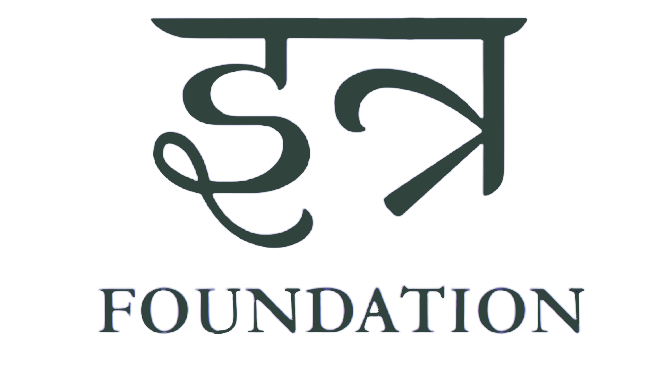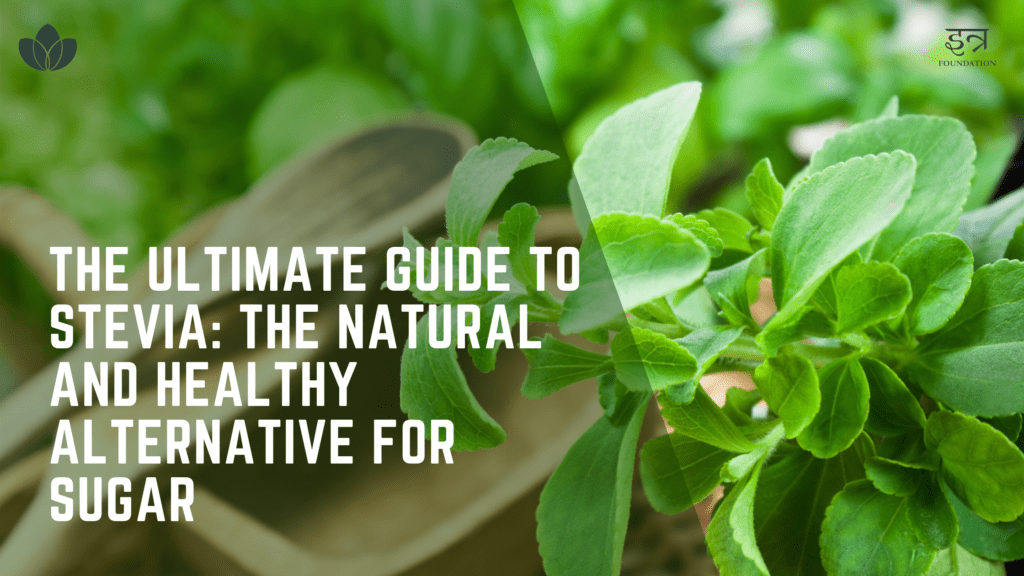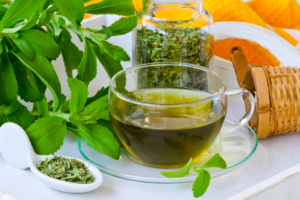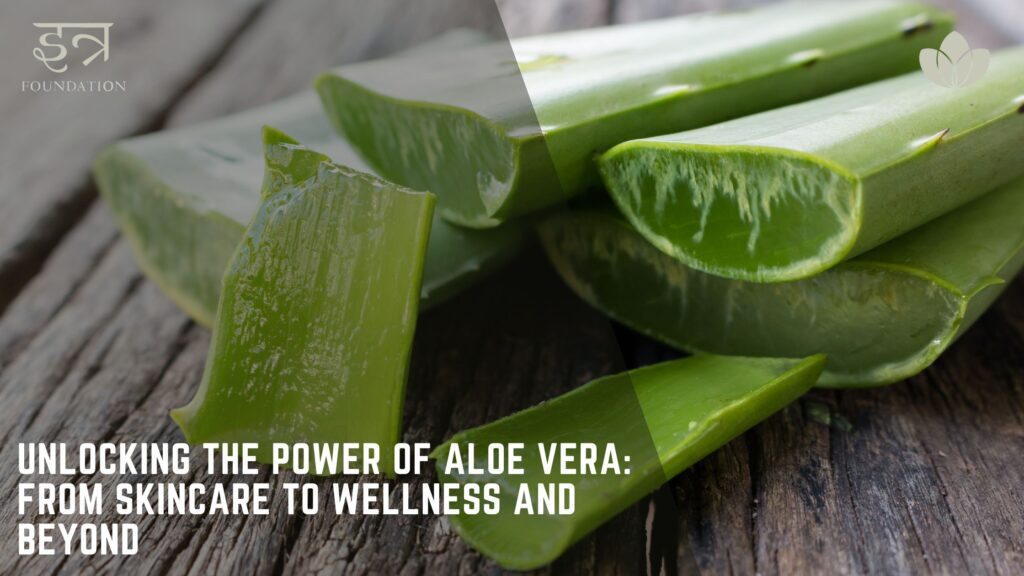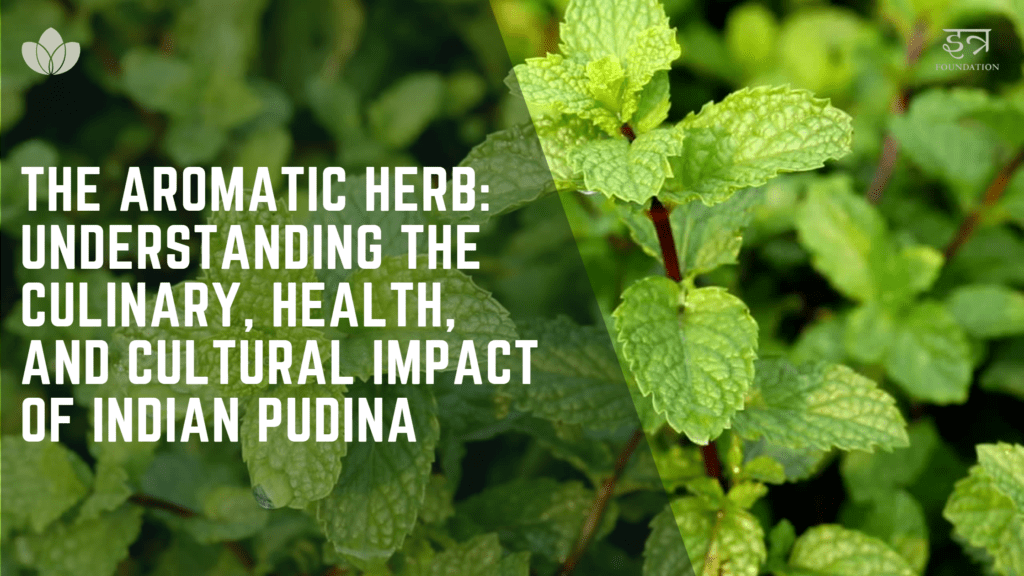Stevia is a natural sweetener derived from the leaves of the Stevia rebaudiana plant, which is native to South America. The plant has been used for centuries by indigenous peoples as a sweetener and for medicinal purposes. Stevia’s popularity as a natural sweetener has increased in recent years as more people look for alternatives to sugar and artificial sweeteners. The extract from the Stevia leaf is up to 300 times sweeter than sugar but contains no calories. This makes it an appealing option for people watching their calorie intake or managing diabetes. Additionally, the extract of the stevia leaf has been found to have potential health benefits such as blood sugar regulation and antioxidant properties.

History of Stevia
Origin
Stevia is a natural sweetener that is derived from the leaves of the Stevia rebaudiana plant. The plant has been used for centuries by indigenous peoples in Paraguay and Brazil as a sweetener and for medicinal purposes. The people native to the region, have been using stevia for centuries to sweeten their drinks and medicine. The name “stevia” is derived from the Latinized version meaning “sweet herb”.
Traditional uses among indigenous peoples
The traditional uses of stevia among indigenous peoples include using the leaves to sweeten teas and other drinks, as well as using the plant for medicinal purposes. The indigenous people of South America would simply pick the leaves and add them to their teas, yerba mate and other beverages, as a natural sweetener. The leaves were also used to sweeten traditional dishes and desserts.
The indigenous people believed that stevia had the ability to treat a variety of ailments, including diabetes, high blood pressure and obesity. It was used as a natural remedy for dental health as well. They would chew on the leaves to freshen their breath and keep their teeth healthy. They also believed that stevia could help in the healing of wounds and sores.
It is worth noting that the traditional use of stevia among indigenous peoples was not without limitations. They were aware of the potential side effects of consuming large amounts of stevia and would consume it in moderation. Stevia was also used in combination with other herbs, to make the treatment more effective and to prevent any negative effects.
Discovery and introduction to the rest of the world
The discovery of stevia by the Western world can be traced back to the late 19th century, when a Swiss botanist named Moisés Santiago Bertoni first encountered the plant while working in Paraguay. Bertoni was intrigued by the plant’s sweet leaves and began to study it in more detail. He published a paper describing the plant and its sweetening properties.
Despite Bertoni’s discovery, stevia remained relatively unknown outside of South America for several decades. However, in the 1970s, a Japanese researcher named Mayuzumi succeeded in isolating the compound in Stevia leaves that is responsible for its sweet taste, which is called stevioside. This led to the commercialization of stevia in Japan, where it quickly became a popular alternative to sugar and artificial sweeteners and has since been approved for use in several countries around the world including China, and Brazil. In the US, FDA approved the use of highly purified stevia leaf extract as a food additive. However, it is still not approved as a general-purpose sweetener and it can only be used as a dietary supplement or a “non-nutritive” sweetener.
Health Benefits
Stevia has gained popularity in recent years due to its low-calorie content and potential health benefits. Here are some of the most notable health benefits of stevia in detail:
- Low-calorie content and potential for weight loss: Stevia is a calorie-free alternative to sugar and artificial sweeteners, making it an appealing option for people watching their calorie intake or trying to lose weight. This is because it is hundreds of times sweeter than sugar, meaning you can use a lot less of it to achieve the same level of sweetness. Consuming fewer calories can help in weight loss and weight management. Additionally, stevia does not cause an increase in insulin levels, which can prevent sugar cravings and overeating.
- Blood sugar regulation and benefits for diabetes management: Stevia may also be beneficial for people with diabetes. Studies have shown that stevia can help lower blood sugar levels and improve insulin sensitivity. This is because it does not affect blood glucose levels, which is a key factor in diabetes management. Research suggests that consuming stevia extract before a meal can help lower the spike in blood sugar levels that typically occurs after eating. Additionally, stevia extract has been found to improve insulin sensitivity, which can help reduce the risk of developing diabetes.
- Antioxidant properties and potential anti-inflammatory effects: Stevia has been found to contain compounds that have antioxidant properties, such as kaempferol, quercetin and isoquercitrin. These compounds help protect cells from damage caused by free radicals, which can contribute to aging and the development of chronic diseases. Additionally, research has suggested that stevia may have anti-inflammatory effects. Inflammation has been linked to a wide range of chronic diseases, such as heart disease, cancer and Alzheimer’s disease, so reducing inflammation can help reduce the risk of these diseases.
How Stevia is Used
Stevia is available in a variety of forms, including powdered leaf, liquid extract, and as an ingredient in various food and beverage products. Stevia can also be used in cooking and baking as a sugar substitute. However, it has different characteristics than sugar and it can affect the texture and taste of the final product. Here is a detailed note on how stevia is used:
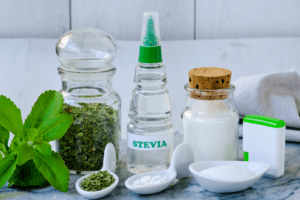
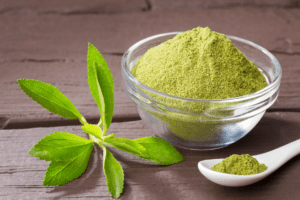
Common forms of Stevia
Stevia is available in several forms, including powdered leaf, liquid extract, and as an ingredient in various food and beverage products.
- Powdered leaf: The powdered leaf form of stevia is the most natural form of the sweetener. It is made by drying and grinding the leaves of the Stevia plant. It has a green color and a slightly bitter taste, which is why it’s usually mixed with other sweeteners or ingredients. Powdered leaf stevia can be used as a sugar substitute in cooking and baking, but it should be used sparingly, as it is much sweeter than sugar.
- Liquid extract: The liquid extract of stevia is made by dissolving the sweet compounds from the leaves in water. It is usually sold in small bottles and it is more potent than the powdered leaf, so a few drops are enough to sweeten a cup of tea or a glass of water. It is also colorless and has a sweeter taste than the powdered leaf form. This form is widely used in beverages and food products such as yogurt, ice cream, and salad dressings.
- Stevia blends and blends with other sweeteners: Stevia is also available as an ingredient in various food and beverage products, in the form of a blend with other sweeteners such as sugar, erythritol, or monk fruit extract. These blends are designed to provide a similar taste and texture to sugar and to reduce the bitter aftertaste that some people find in stevia.
Tips for cooking and baking with Stevia
Stevia has different characteristics than sugar, and it can affect the texture and taste of the final product. Here are some tips for cooking and baking with stevia:
- Start with less: Stevia is much sweeter than sugar, so start with less and gradually add more to taste.
- Experiment with blends: Stevia blends are designed to provide a more similar taste and texture to sugar, so they can be a good option for cooking and baking.
- Be mindful of the aftertaste: Stevia can have a slightly bitter aftertaste, so it’s best to combine it with other sweeteners or ingredients that can help mask it, such as vanilla extract or cinnamon.
- Experiment with the form: Different forms of stevia, such as powdered leaf, liquid extract, and blends, will have different effects on the final product, so experiment with different forms to find the one that works best for you.
Comparison to other sweeteners
Stevia, the natural sweetener is a low-calorie alternative to sugar and artificial sweeteners and it has potential health benefits. Sugar, on the other hand, is a simple carbohydrate that provides energy but it has no nutritional value and it can cause weight gain and other health problems if consumed in large amounts. Artificial sweeteners, such as aspartame, saccharin, and sucralose, are synthetic compounds that are many times sweeter than sugar, but they have been linked to health concerns such as cancer and neurological disorders.

The processing of stevia involves several steps to extract and purify the sweet compounds from the leaves and make them safe for consumption. Here is a detailed note on how stevia is processed:
- Processing methods for Stevia: The leaves of the Stevia plant are harvested and then dried. The dried leaves are then ground into a powder, which can be used as a sweetener. However, the majority of stevia on the market is processed to extract the sweet compounds from the leaves, which are then purified and refined to create a more potent sweetener.
- Purification and extraction methods: The most common method for extracting sweet compounds from the leaves is by using water or ethanol. The extracted compounds are then purified and refined to remove any impurities and to increase the concentration of the sweet compounds. The resulting extract is then dried and ground into a powder, or dissolved in water to create a liquid extract.
- Quality control and safety measures: Stevia extract is a food additive and it must comply with the regulations of the countries where it is sold. The production of stevia extract is subject to strict quality control measures to ensure that the final product is safe for consumption. These measures include testing for the presence of heavy metals, pesticides, and microorganisms. Additionally, the stevia extract must be free from any harmful chemicals, and it must comply with the established purity standards.
Details on Potential Side Effects
While Stevia is considered a safe alternative to sugar and artificial sweeteners, there are some concerns about possible side effects. Some people may experience allergic reactions to the extract, such as skin rashes or hives. Additionally, research on the long-term effects of consuming Stevia is limited, so more study is needed to fully understand its safety. There are potential side effects and concerns associated with its use. Here is a detailed note on the potential side effects of stevia:
- Possible allergic reactions: As with any food, some people may be allergic to stevia. Symptoms of an allergic reaction can include itching, hives, swelling, and difficulty breathing. If you experience any of these symptoms after consuming stevia, it is important to discontinue use and seek medical attention.
- Bitter aftertaste: Some people may experience a bitter aftertaste when consuming stevia. This can be due to the presence of steviol glycosides, which are the compounds responsible for the sweet taste of stevia. This bitter aftertaste can be reduced by using a blend of stevia and other sweeteners.
- Digestive issues: Consuming large amounts of stevia may cause digestive issues such as bloating, gas, and stomach discomfort. This is because stevia is not fully absorbed by the body and it can ferment in the gut, producing gas and other symptoms.
- Interactions with medications: Stevia may interact with certain medications, such as blood pressure and blood-sugar-lowering medications. People taking these medications should consult with a doctor before consuming stevia.
- Pregnancy and breastfeeding: Pregnant and breastfeeding women should consult with their doctor before consuming stevia
It’s worth noting that while stevia has been shown to have potential side effects, it is generally considered safe for most people when consumed in moderation. Additionally, Stevia is considered safer than artificial sweeteners and sugar which have been linked to negative health effects.
In short, Stevia is a natural sweetener that packs a punch in terms of taste, versatility, and potential health benefits. If you’re looking for a healthier alternative to sugar and artificial sweeteners, stevia is definitely worth a try. It’s a natural, plant-based option that is easy to use, and it offers a host of benefits that other sweeteners simply can’t match. So, give it a try and see how it works for you. You might be surprised at how much you love it! Follow ITRA to know more about such wonders of nature.

